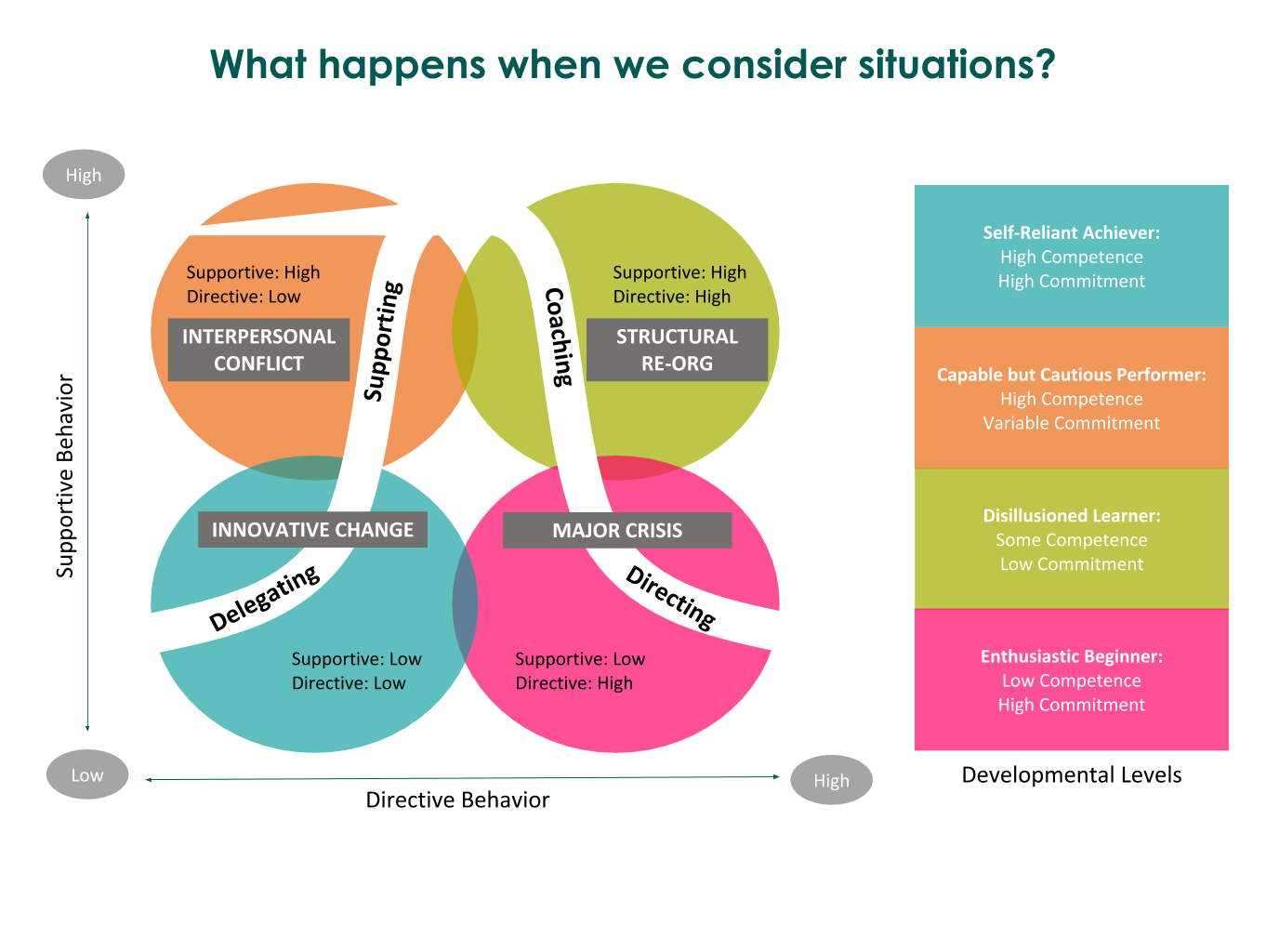Our understanding of leadership must continually evolve to remain relevant and impactful in today’s business climate. One method of leadership that develops an ability to meet the ever-changing needs of an organization and its employees is called Situational Leadership.
